大寒 daikan
大寒は一年で一番冷えこむ季節で、大きく寒いと書きます。この時期は起きられない朝、頬がぴりりと痛い北風、かじかむ手と猫背の人々、足のしもやけがかゆい。寒の入りからそんな毎日を過ごしています。
今年は雪が降る日もあれば、例年より暖かい日もあります。山間部では日が当たる場所に田んぼがあり、日陰に民家が建っていることも多いのです。暗く寒い山間部のこの時期はしんと冷えきっています。街に出ると私だけがもこもこと着こんでいることもしばしば。車で通ってきたさっきまでの細い山みちは、風で飛ばされた枝の雪が太陽の光でキラキラして幻想的だったのもつかの間。街にはもう積雪はなく同じ季節とは思えないほどでした。
この時期、恵那山麓では私たちに活力を与えてくれる言葉や文化と風景があります。寒さで凍ることがないよう、細胞に糖をためる糖度の高い野菜。寒の水や寒稽古。また寒の水でついた餅を寒餅というそうです。雑菌が少なく腐らないため、大変体に良いと人々に重宝されてきた「寒仕込み」で、この時期に恵那山麓の味噌、醤油、酒を醸すのです。
Daikan -Great Cold-
Daikan is the coldest season of the year and is written as 'great cold' in Kanji. Mornings when you can't wake up― a north wind that makes your cheeks ache― people with biting hands and hunched backs― itchy chilblains on your feet―. In this region, people have been living such days since the onset of the cold.
Some days this year have been snowy, others warmer than usual. In the mountainous areas, rice fields are often located in the sun and, conversely, houses are often built in the shade. This is the way of life of people with a long history of rice cultivation in the mountains. It is dark and cold in the mountains at this time of year. The narrow mountain road I drove along earlier was fantastic, with the snow on the branches blown off by the wind glistening in the sunlight.
At this time of year, the Ena foothills have a language, culture and landscape that give us vitality. Vegetables with high sugar content that store sugar in their cells so that they do not freeze in the cold. There is a culture of 'kan-no-mizu'(cold water) and 'kan-geiko'(practice in cold). Rice cakes made with cold water are also called cold rice cakes. Cold water is used for 'kan-no-mizu', which has been valued by people as being very good for the body, as it contains low bacteria and does not spoil. This is the time of year when miso, soy sauce and sake are brewed at the foot of Mt Ena.
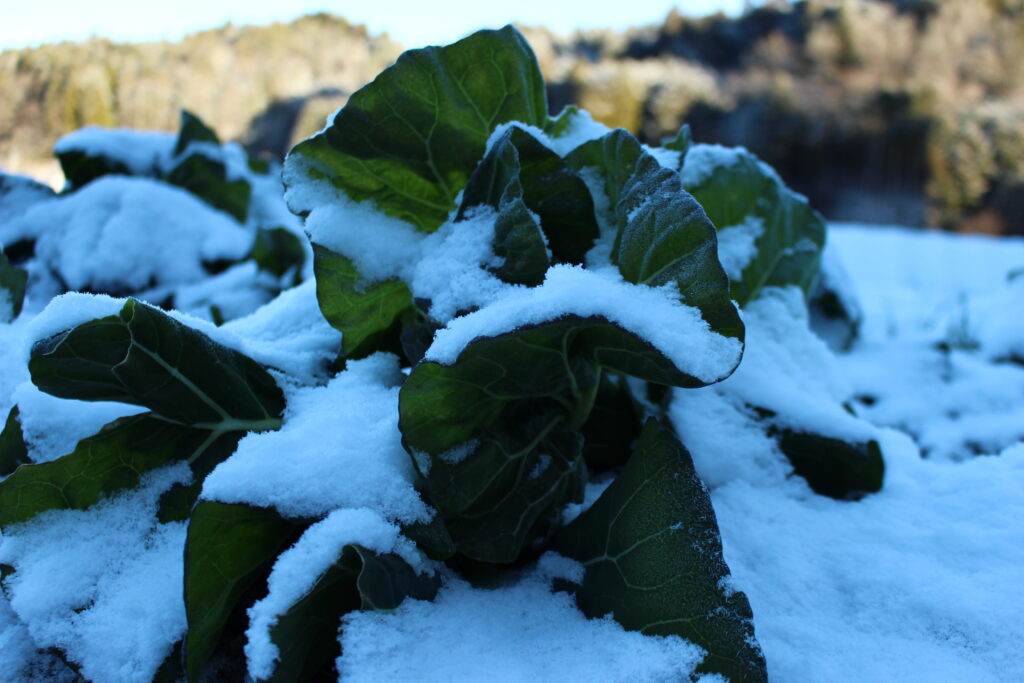
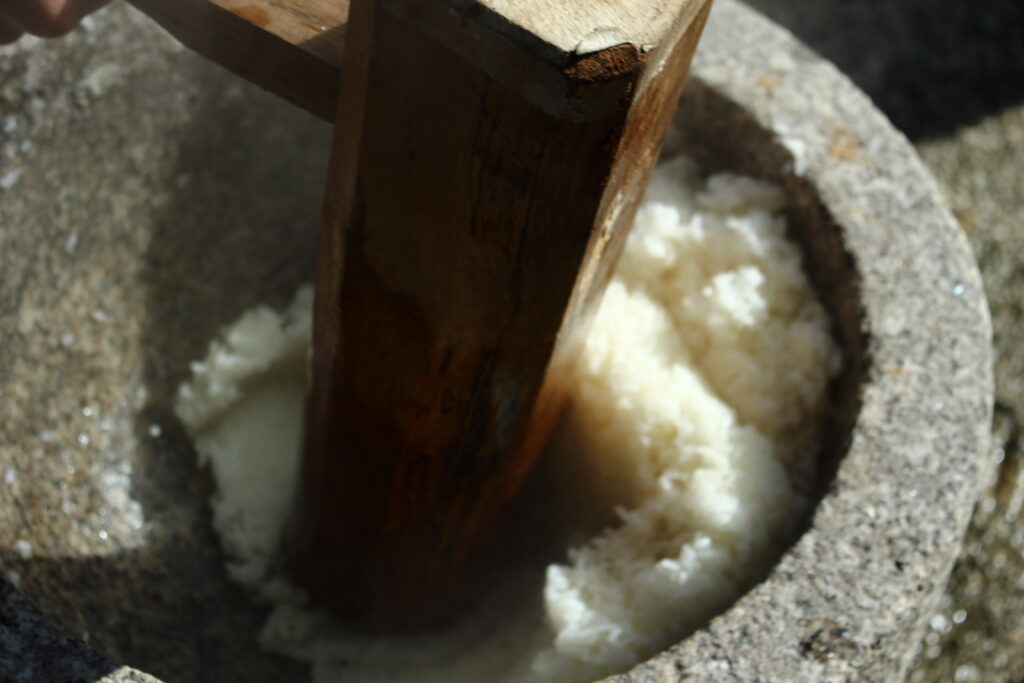
龍神の滝
門松づくりでしめ縄を龍と見立てて飾った今年の干支は龍年。龍は存在しない干支なのに、ずいぶんとむかしから日本の各地で同じ姿で描かれ、祀られています。世界各地でも龍の伝説は存在し、本当にいるんじゃないだろうかとも思えてなりません。
そして龍年と大寒の水、恵那山麓が繋がる場所として訪れたのは中津川市の夕森渓谷「龍神の滝」。急流の川上川はいくつもの滝を作りながら木曽川へ合流します。「龍神の滝」は、岐阜県の名水に指定されており、日に七回色を変え、白龍が住むと言い伝えのある滝なのだそう。
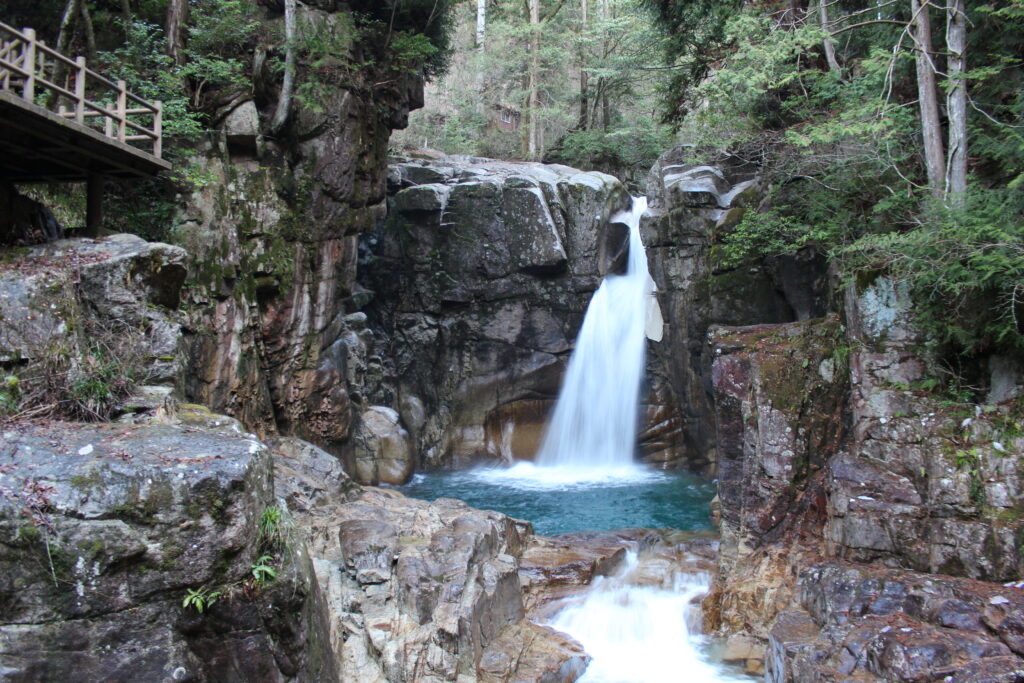
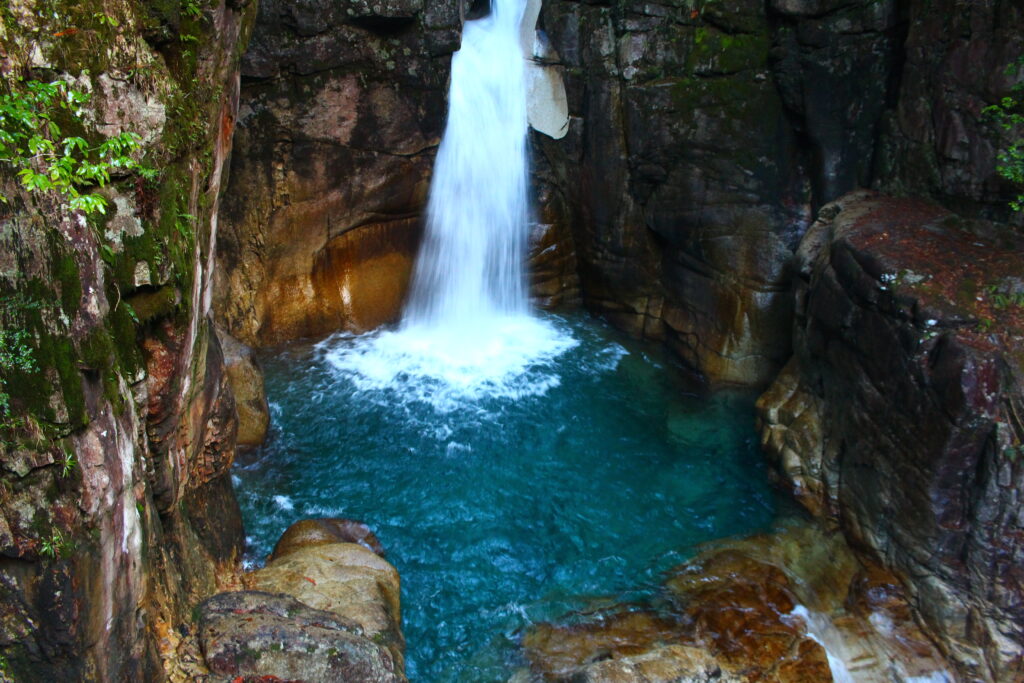
夕森渓谷に到着すると滝の音が聞こえてきます。滝の音はホワイトノイズといわれているのですね。自分にとって耳障りな音を上書きし、気にならなくしてくれる効果があるそうです。
整備された通路から見えるコバルトブルーの滝つぼ、音、水しぶき、豊かな水がかたちを変えて流れていく様を見ながら、私たちの体の中にも60〜70%を水分が占めるということを思い出しました。この水で育つ米や野菜を食し、循環され雨になり雪にもなって自然と自分が一体化したような不思議な感覚を得ることができました。 水道の蛇口をひねれば飲める水が出てくる国は世界で十数国しかないともいわれます。大寒にこんなにも澄んだ水がとどまることがなく流れていることに感謝し、この先もこの美しさが続くことを祈りました。
Ryujin Waterfall
This year's zodiac sign is the Year of the Dragon. Although the dragon is a non-existent zodiac sign, it has been depicted and worshipped in the same form in many parts of Japan for a long time. Legends of dragons exist in many parts of the world, and one can't help but wonder if they really exist.
And as a place where the Year of the Dragon, the waters of the Great Cold and the foot of Mount Ena are connected, we visited the Yumori Valley "Dragon God Falls" in Nakatsugawa City. The rapid Kawakami River joins the Kiso River, creating a number of waterfalls. The Ryujin Falls are designated as Gifu Prefecture's famous waterfall. Legend has it that a white dragon lives in this river and that its colour changes seven times a day.
The sound of the waterfall can be heard when you arrive at Yumori Gorge. The sound of the waterfall is said to be white noise, which has the effect of overriding the sound that is grating to you and making it less bothersome.
As I watched the cobalt blue cascade, the sound, the spray and the abundant water changing shape and flowing through the well-maintained pathway, I was reminded that our bodies also contain 60-70% water. Eating the rice and vegetables grown with this water, and watching it circulate and turn into rain and snow, gave me a strange feeling of being one with nature.
It is said that there are only a dozen countries in the world where you can find drinkable water when you turn on the tap. I was grateful that such clear water was flowing in the Great Cold without stopping, and prayed that this beauty would continue in the future.
ゑなの結とは
私たちは恵那山のふもとでフリーペーパーを発行している任意団体です。本当の意味で“誰一人取り残されない”のは季節の移り変わりではないでしょうか。また美しい自然から、地域の強みや魅力を教えられているのは、私たちだとも感じています。 心を豊かにするこの地域のひとときを二十四節氣とともに発信。そしてこの地のスタートアップから、インタビューや寄稿を通したコンテンツは、恵那山の頂きより「ヤッホー!」と叫ぶように、多くの人々に届いたらいいなと思っています。 We are a voluntary organization that publishes free papers at the foot of Mt. Ena. Isn't it the change of seasons that truly means that no one is left behind? I also feel that we are the ones who are taught the strengths and charms of the region by the beautiful nature. We will transmit a moment of this region that enriches the mind with 24 seasons. And I hope that the content through interviews and contributions from startups in this area will reach as many people as possible like shouting "Yo-ho!" from the top of Mt. Ena.
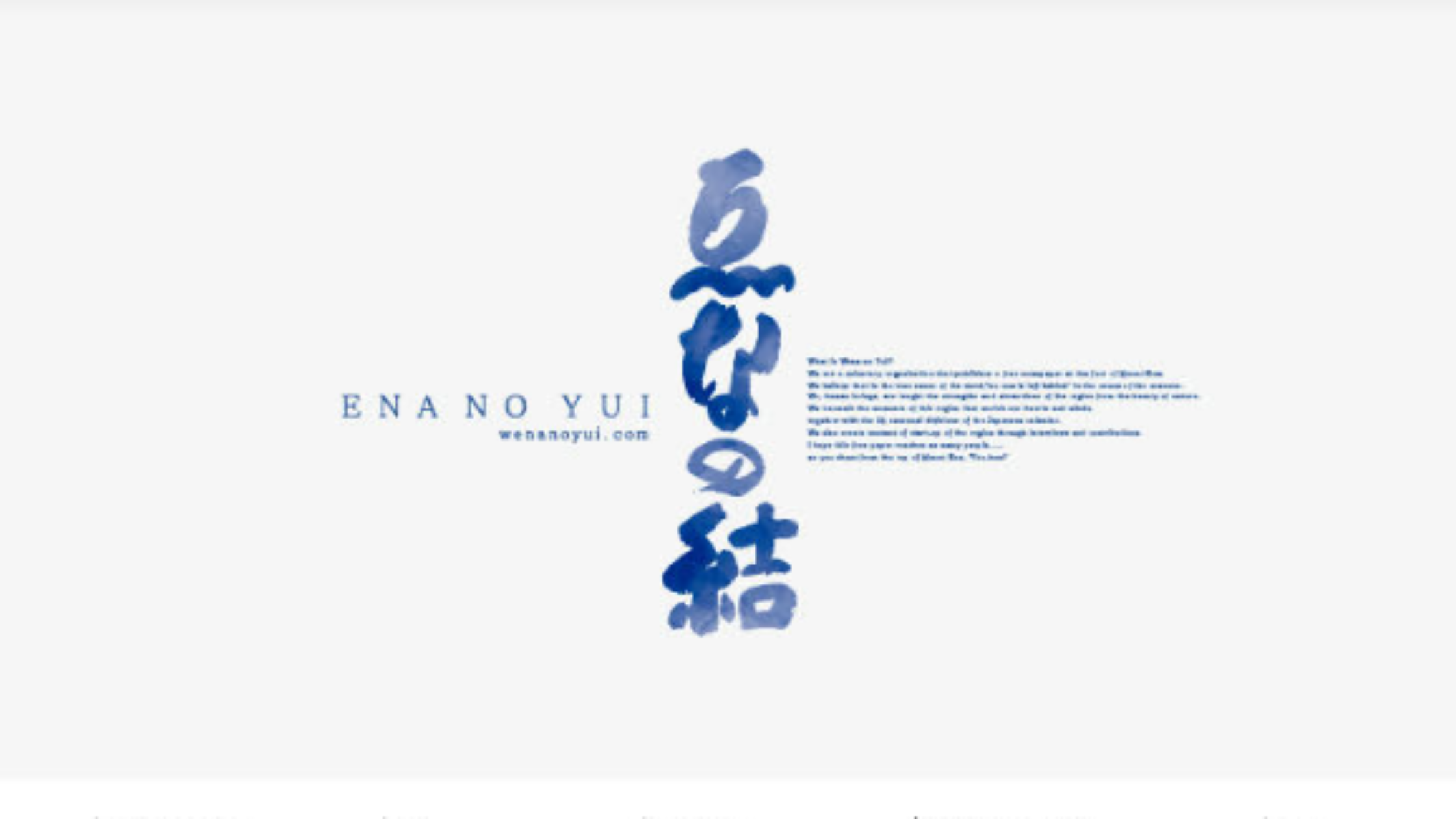



コメント